Home>Articles>5 Tile Edge Trims And Borders And How To Use Them In Your Project
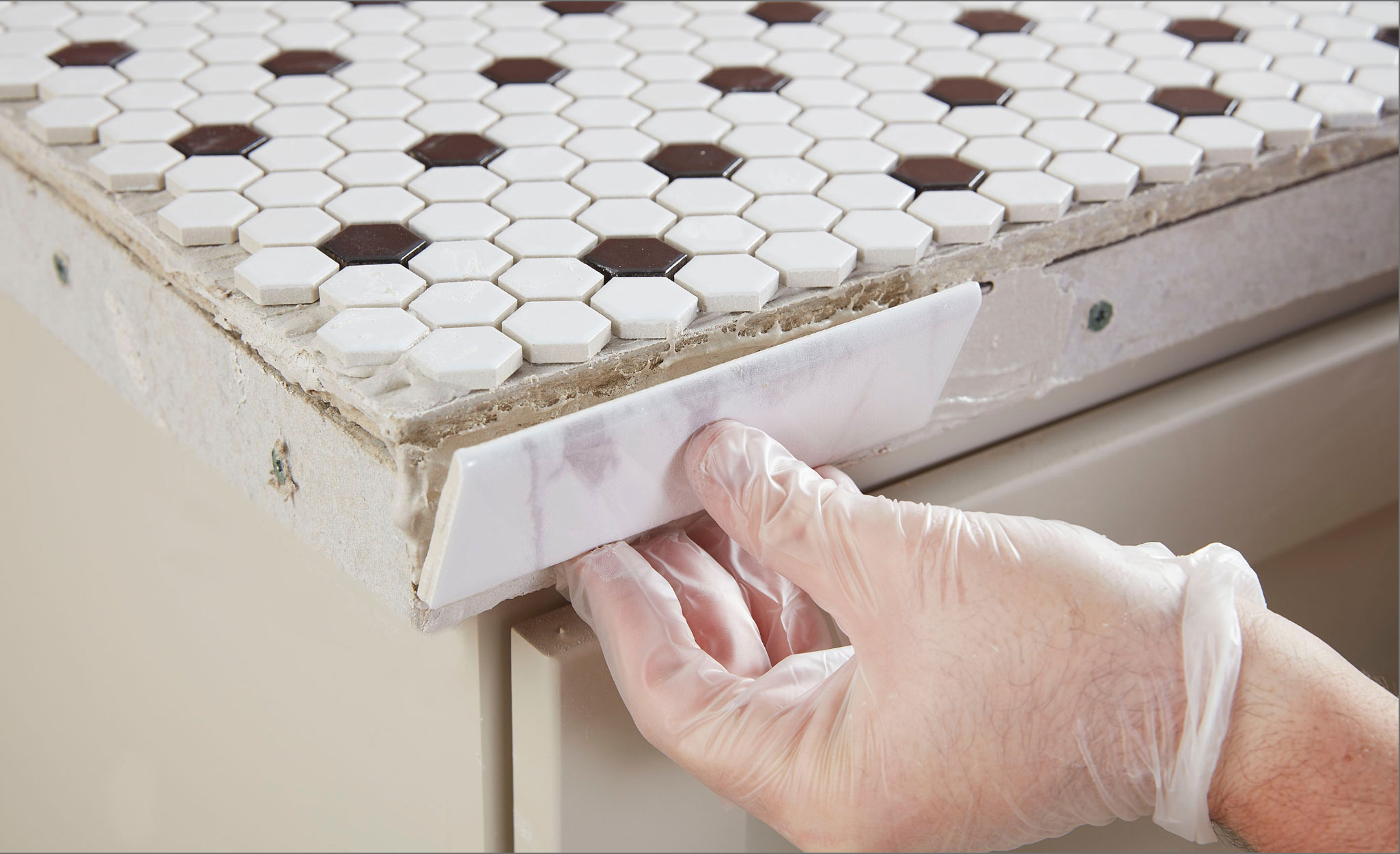

Articles
5 Tile Edge Trims And Borders And How To Use Them In Your Project
Modified: March 1, 2024
Discover the top 5 tile edge trims and borders for your project with our informative articles. Learn how to use them effectively and enhance the look of your space.
(Many of the links in this article redirect to a specific reviewed product. Your purchase of these products through affiliate links helps to generate commission for Storables.com, at no extra cost. Learn more)
Introduction
When it comes to tiling projects, choosing the right tile edge trim or border can make a significant difference in the overall look and functionality of the installation. These trim pieces not only provide a finishing touch to your tile project but also serve as a protective barrier, preventing chipping and cracking along the edges of the tiles.
In this article, we will explore five popular tile edge trims and borders and discuss how they can be used effectively in various tile applications. From bullnose trim to v-cap trim, we will delve into each type, highlighting its unique features, benefits, and suitable applications.
Whether you’re working on a bathroom renovation, kitchen backsplash, or a floor tiling project, understanding the different types of tile edge trims and borders will empower you to make informed decisions and achieve a professional, polished result.
So, let’s dive in and discover the exciting world of tile edge trims and borders.
Key Takeaways:
- Choose the right tile edge trim to add a polished finish and protect against chipping and wear, ensuring a professional and durable tile installation in any project, from bathroom renovations to kitchen backsplashes.
- Explore the versatility of tile edge trims and borders, such as bullnose, quarter round, L-shaped, V-cap, and straight edge trims, to create seamless transitions, decorative accents, and long-lasting protection for tiled surfaces in various applications.
Read more: How To Trim Grass Edges
Bullnose Tile Trim
Bullnose tile trim is one of the most commonly used tile edge trims due to its versatility and seamless finish. As the name suggests, bullnose trim features a rounded edge that helps create a smooth transition between two tiled surfaces or between the tile and another material like a wall or countertop.
One of the primary benefits of bullnose tile trim is its ability to provide a polished edge that eliminates sharp corners and reduces the risk of chipping. This is particularly important in high-traffic areas or spaces where children or elderly individuals may be present.
Bullnose trim can be found in various sizes and materials, including ceramic, porcelain, and natural stone, allowing you to match it seamlessly with the rest of your tiles. This trim is commonly used for finishing the edges of wall tiles, shower niches, countertops, or as a decorative accent on stairs or window sills.
When installing bullnose tile trim, it’s essential to consider the thickness of the tile and choose a trim that complements it. Additionally, grouting the surrounding joints in a similar color as the trim can help create a cohesive and aesthetically pleasing look.
Overall, bullnose tile trim adds a touch of elegance and professionalism to any tile project. Its smooth, rounded edge not only enhances the durability and longevity of the installation but also greatly improves its visual appeal.
Quarter Round Tile Trim
Quarter round tile trim is a versatile option that adds a decorative and finished look to tile installations. It features a curved profile, similar to a quarter of a circle, which creates a smooth transition between two tiled surfaces or between the tile and other materials.
One of the key benefits of quarter round trim is its ability to conceal rough or uneven edges of tiles. This is especially useful when dealing with imperfect cuts or irregularly shaped tiles, as the trim can create a seamless transition and hide any imperfections.
This type of tile trim is commonly used for finishing the edges of kitchen backsplashes, bathroom walls, and countertops. It can also be used as a decorative accent, adding a touch of sophistication to the overall design.
Quarter round trim is available in various materials such as metal, PVC, and wood, allowing for flexibility in terms of style and durability. For example, metal quarter round trim can provide a sleek and modern look, while wooden trim can bring warmth and texture to the space.
When installing quarter round tile trim, it’s important to carefully measure and cut the trim to fit the desired length. It can be installed using adhesive or nails, depending on the material and the surface it is being attached to.
Overall, quarter round tile trim is a fantastic choice for adding a polished and finished look to any tile project. Its curved profile not only enhances the aesthetic appeal but also helps to protect the edges of the tiles, ensuring durability and longevity.
L-Shaped Tile Trim
L-shaped tile trim, also known as angle trim or corner trim, is a type of tile edge trim specifically designed for protecting and finishing the corners of tiled surfaces. It features a 90-degree L-shape profile that provides a clean and crisp edge to the tiles.
The primary purpose of L-shaped trim is to protect the vulnerable corners from chipping and wearing over time. By installing this trim, you can ensure the longevity and durability of your tile installation, especially in high-traffic areas or spaces prone to impact and abrasion.
This type of tile trim is commonly used in tiled showers, bathroom walls, and tiled countertops. It can also be applied in other areas where corners need to be protected and finished, such as staircases or window sills.
L-shaped trim is available in various materials, including metal, PVC, and vinyl. The choice of material depends on the desired aesthetics and the level of durability required for the project. Metal L-shaped trim can add a sleek and modern touch, while PVC or vinyl trim can provide a cost-effective and low-maintenance option.
When installing L-shaped tile trim, it’s important to ensure that the corners are accurately measured and cut to fit. The trim is typically installed with adhesive or screws, depending on the chosen material and the surface it is being applied to.
Overall, L-shaped tile trim is an excellent choice for protecting and finishing the corners of tiled surfaces. It not only adds a professional and polished look to the installation but also enhances its longevity by safeguarding the most vulnerable parts of the tiles.
When using metal tile edge trims, make sure to use the appropriate adhesive or mortar to secure them in place. This will ensure a strong and long-lasting bond with the tiles.
V-Cap Tile Trim
V-cap tile trim, also known as V-profile trim, is a versatile and decorative tile edge trim that adds a unique and stylish touch to tile installations. It features a V-shaped profile that creates a visually interesting transition between two tile surfaces.
The primary purpose of V-cap trim is to provide a smooth and finished edge while also protecting the tiles from chipping and cracking. Its angled design helps to redirect the impact and stress away from the vulnerable edges of the tiles, ensuring their longevity and durability.
This type of tile trim is commonly used in various applications, such as countertop edges, stair risers, and fireplace surrounds. It can also be used as a decorative accent, adding visual interest and depth to the overall design.
V-cap trim is available in different materials, including metal, ceramic, and natural stone, allowing for versatility in terms of style and durability. Metal V-cap trim can provide a sleek and contemporary look, while ceramic or natural stone trim can offer a more organic and textured appearance.
When installing V-cap tile trim, it’s important to ensure a proper fit and alignment. The trim can be adhered directly to the tile surface using adhesive, or it can be mortared into place for added stability and longevity.
In terms of design possibilities, V-cap trim can be combined with other tile edge trims or used as a standalone feature. It can create a seamless transition between different tile surfaces or be used to highlight specific areas, such as a kitchen island or a feature wall.
Overall, V-cap tile trim is a fantastic choice for adding a decorative and finished look to tile installations. Its V-shaped profile not only protects the edges of the tiles but also adds a distinctive and visually appealing element to the overall design.
Read more: How To Fit Composite Decking Edge Trim
Straight Edge Tile Trim
Straight edge tile trim, as the name suggests, features a straight profile and is designed to provide a clean and seamless finish to the edges of tiled surfaces. It is one of the most basic and commonly used tile edge trims, offering a simple and minimalist look.
The primary purpose of straight edge trim is to protect the edges of the tiles from chipping and wearing over time. It creates a smooth transition between two tiled areas or between the tile and another flooring material, creating a cohesive and polished appearance.
Straight edge trim is suitable for various applications, including floors, walls, and countertops. It can be used in both residential and commercial settings, providing a neat and finished look to any tiled surface.
This type of tile trim is available in different materials, such as metal, PVC, and wood. Metal straight edge trim offers a contemporary and sleek look, while PVC and wood trims provide more versatility and options in terms of colors and finishes.
Installing straight edge tile trim is relatively straightforward. It can be attached to the edge of the tiles using adhesive or secured with screws, depending on the material and the surface it is being applied to.
Straight edge trim is known for its simplicity and versatility, making it a popular choice for various design styles. It can complement both modern and traditional aesthetics, offering a seamless and unified look to any tile installation.
Overall, straight edge tile trim provides a functional and aesthetically pleasing solution for finishing the edges of tiled surfaces. Its clean and straight profile adds a professional touch to any tile project, ensuring a polished and cohesive appearance.
Conclusion
Tile edge trims and borders play a crucial role in completing and enhancing the overall look of tile installations. They not only add a polished and professional finish but also provide protection against chipping and wear, ensuring the longevity and durability of your tiled surfaces.
In this article, we explored five popular tile edge trims and borders: bullnose trim, quarter round trim, L-shaped trim, V-cap trim, and straight edge trim. Each of these trims offers unique features, benefits, and suitable applications.
Bullnose tile trim is a versatile option that provides a smooth transition and a rounded edge, ideal for finishing wall tiles and countertops. Quarter round trim is a decorative choice that conceals rough edges and adds a finished look to backsplashes and bathroom walls.
L-shaped trim is specifically designed to protect and finish the corners of tiled surfaces, ensuring the longevity and durability of your tile installation. V-cap trim adds a stylish touch with its V-shaped profile and can be used to create interesting transitions and accents in various tile applications.
Straight edge trim is a basic yet effective option for creating clean and seamless finishes on tiled surfaces, suitable for floors, walls, and countertops in any design style.
By understanding the characteristics and applications of these tile edge trims and borders, you can make informed decisions when it comes to selecting the most suitable option for your specific project.
Remember to consider factors such as material, style, and installation method to achieve the desired look and functionality. Whether you’re working on a bathroom renovation, kitchen backsplash, or a floor tiling project, the right tile edge trim can elevate the overall appearance and ensure a professional and polished result.
So, next time you embark on a tiling project, remember to explore the wide range of tile edge trims and borders available, and choose the one that best fits your needs and design vision. Your tiles will not only be protected but also look stylish and completed with the perfect finishing touch.
Frequently Asked Questions about 5 Tile Edge Trims And Borders And How To Use Them In Your Project
Was this page helpful?
At Storables.com, we guarantee accurate and reliable information. Our content, validated by Expert Board Contributors, is crafted following stringent Editorial Policies. We're committed to providing you with well-researched, expert-backed insights for all your informational needs.
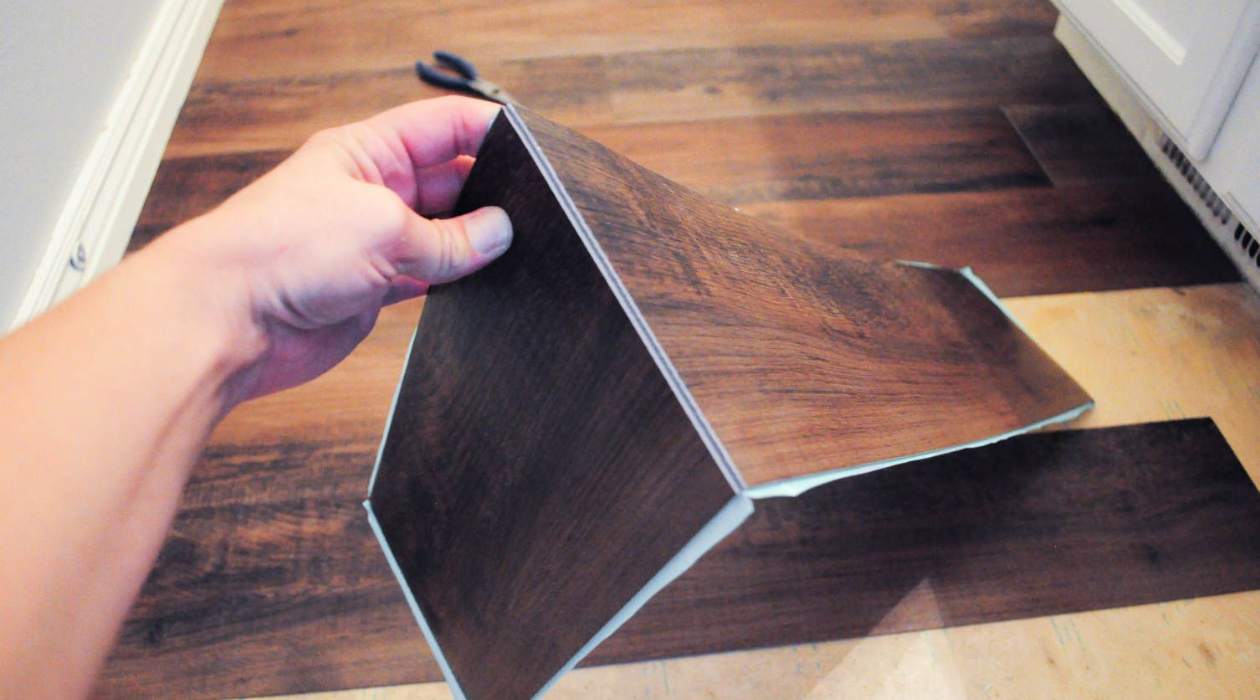
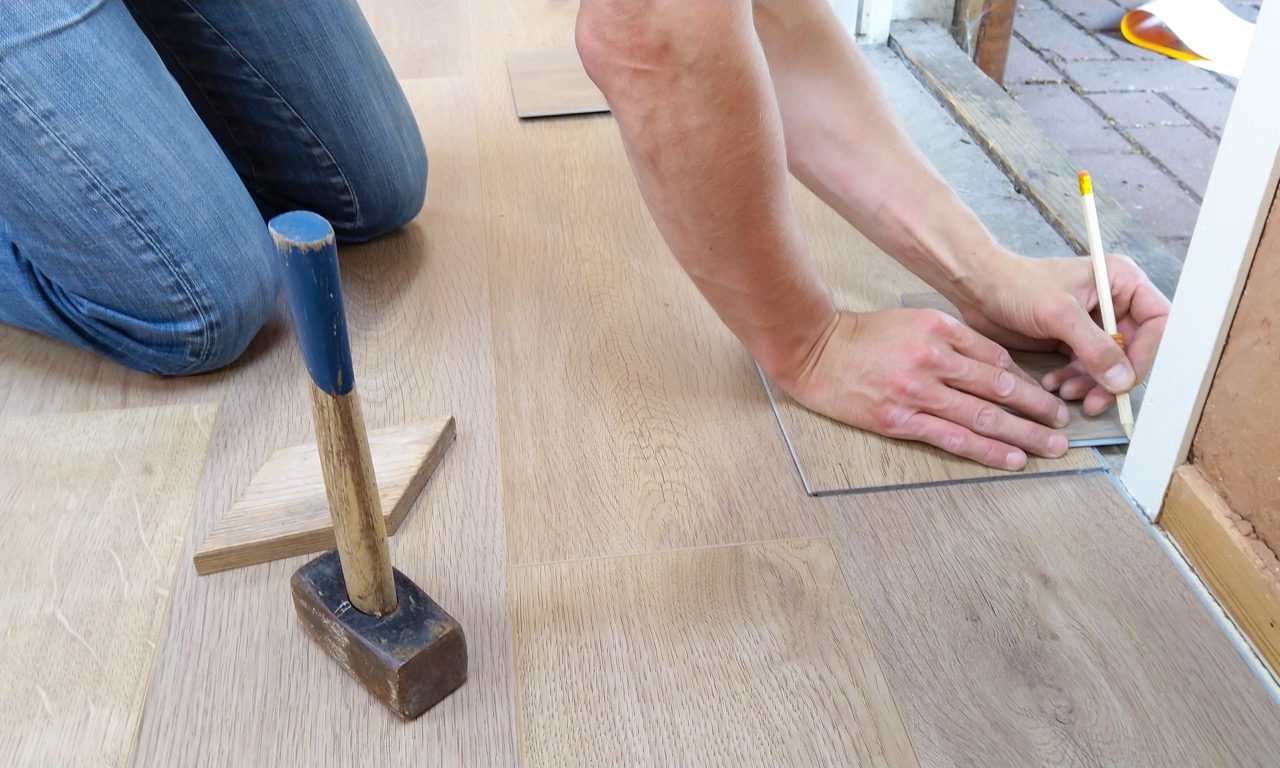
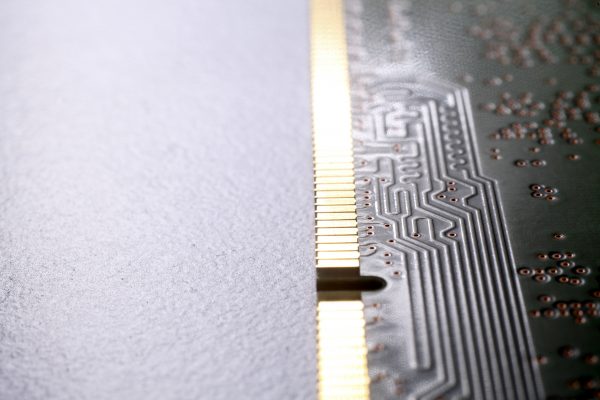

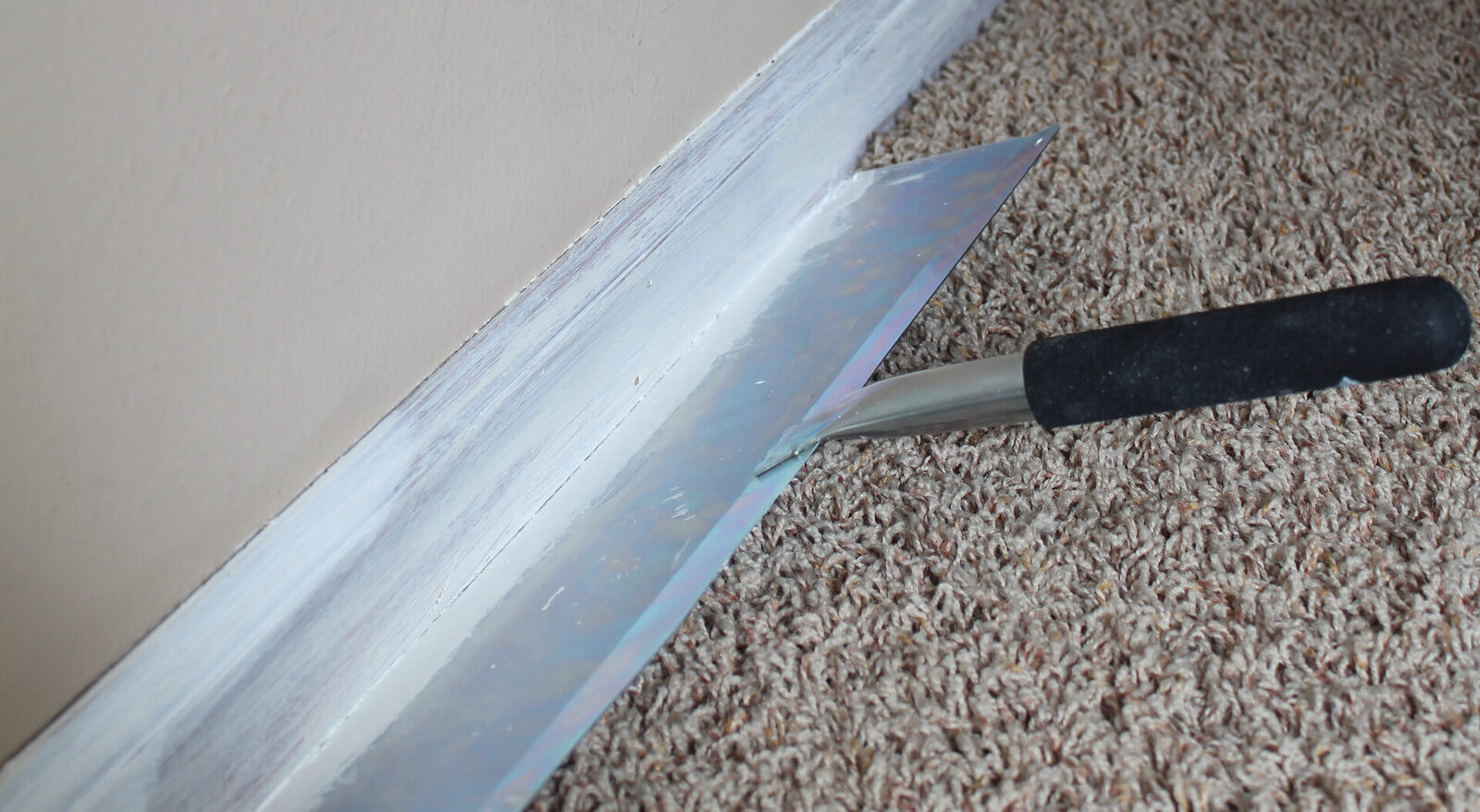
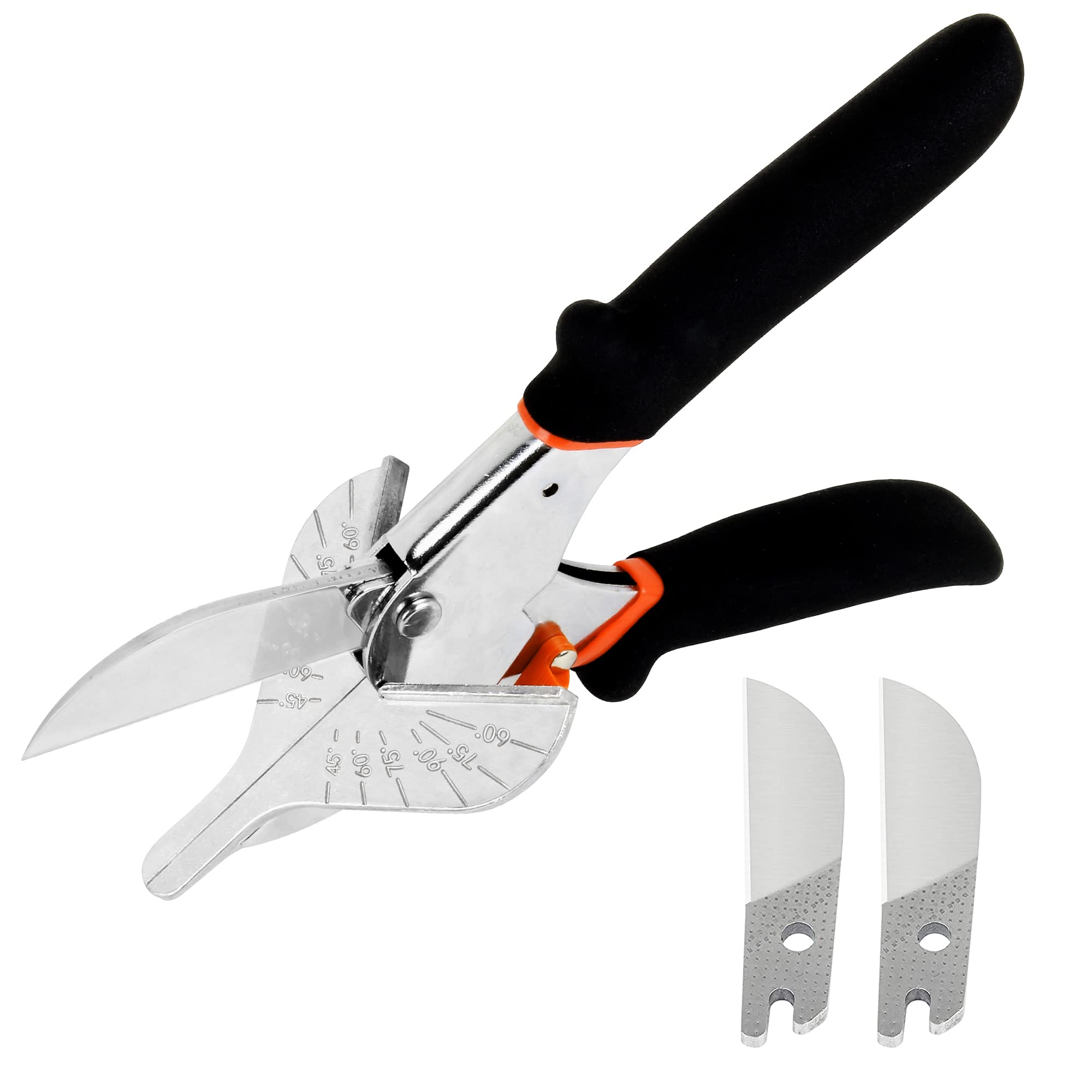
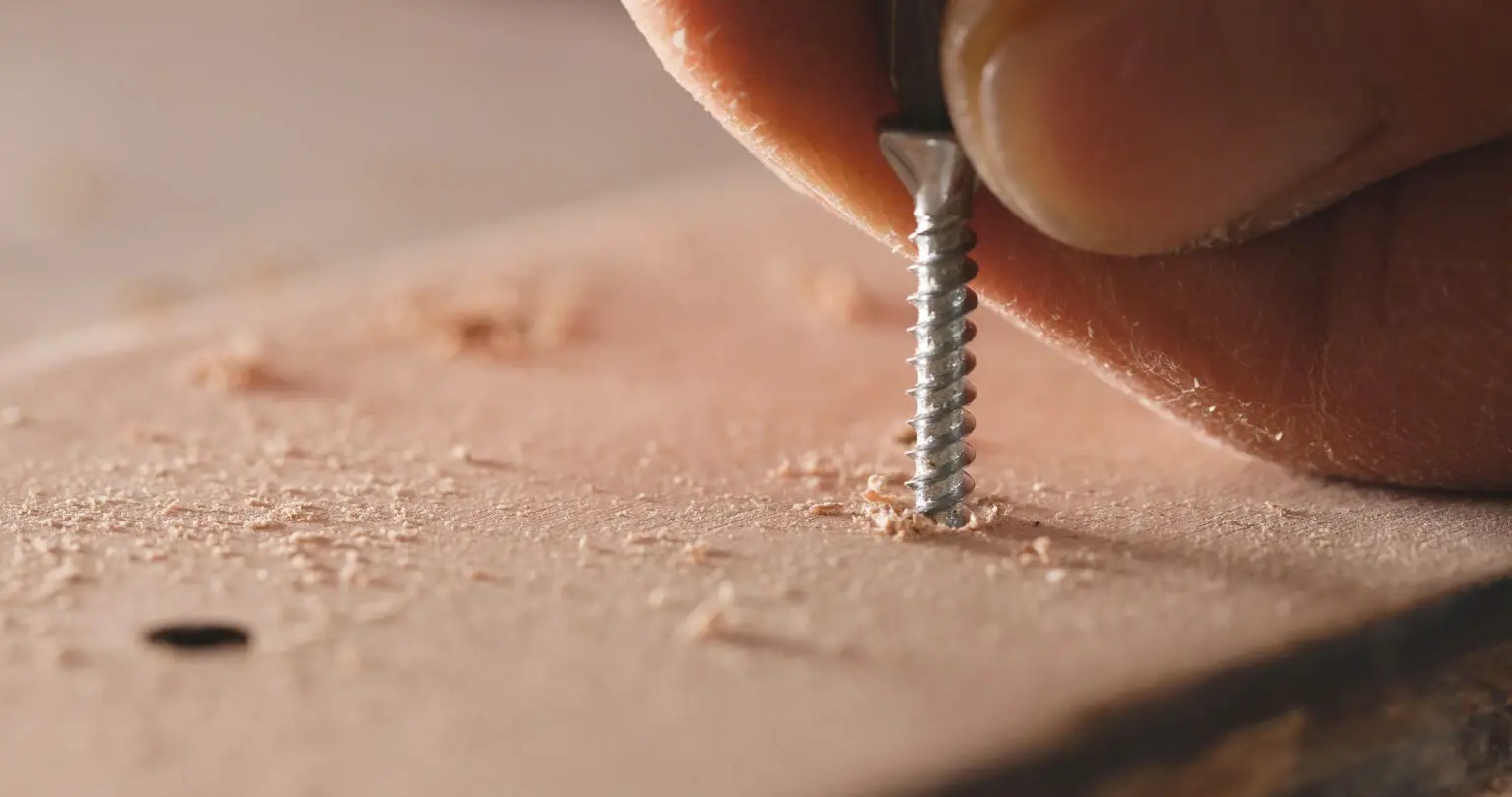


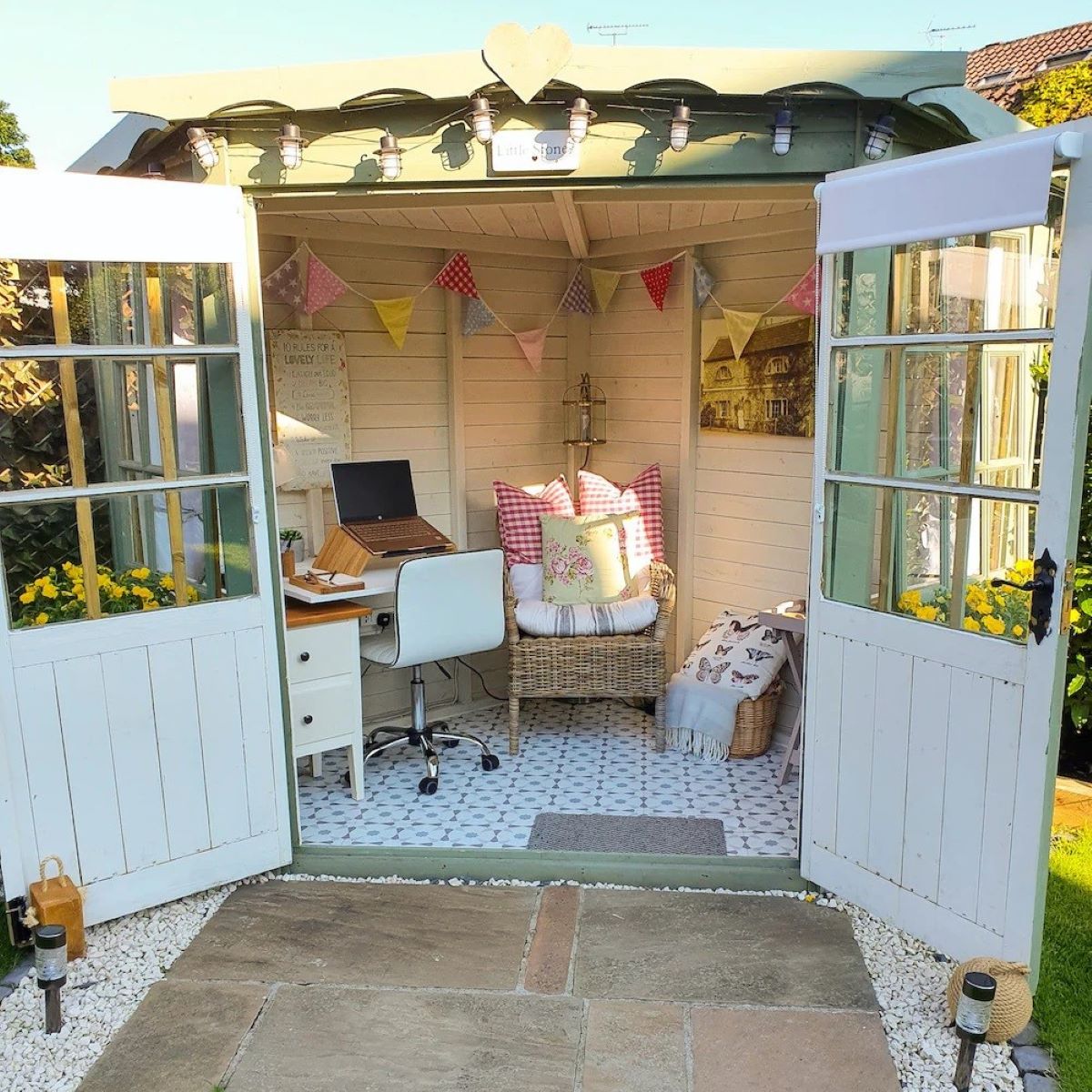
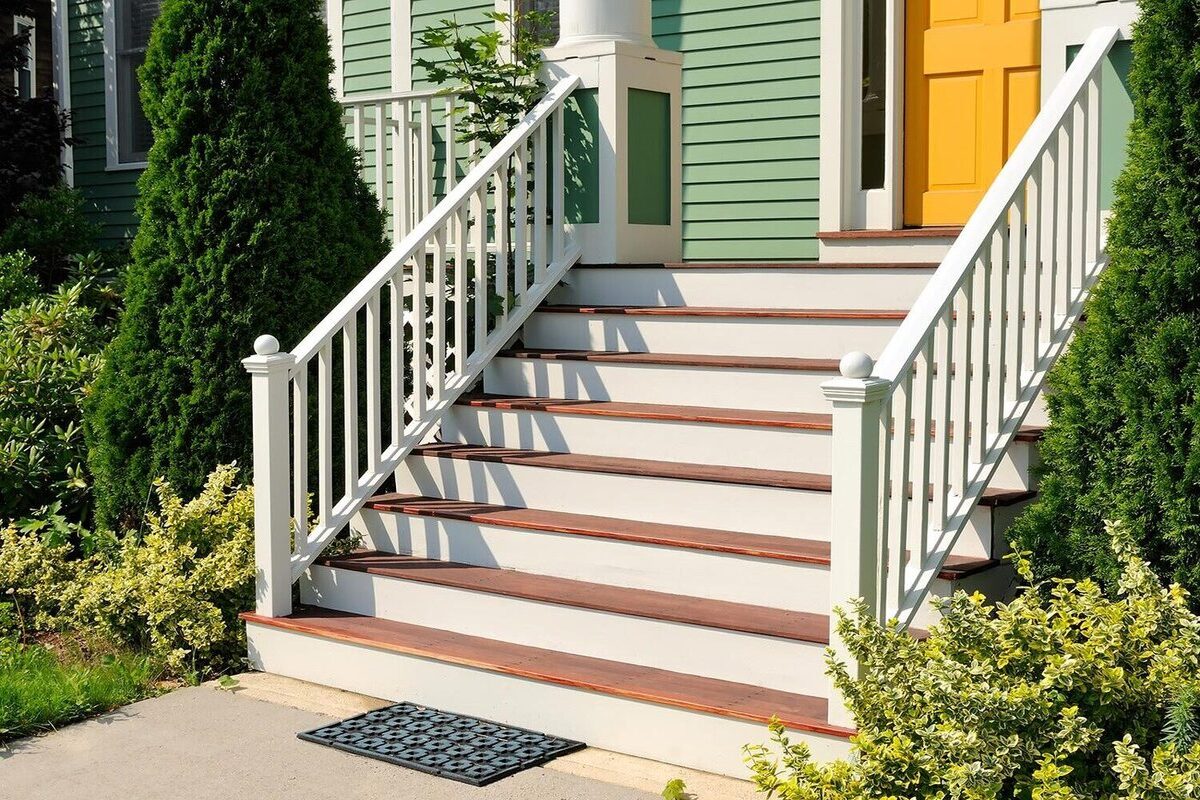
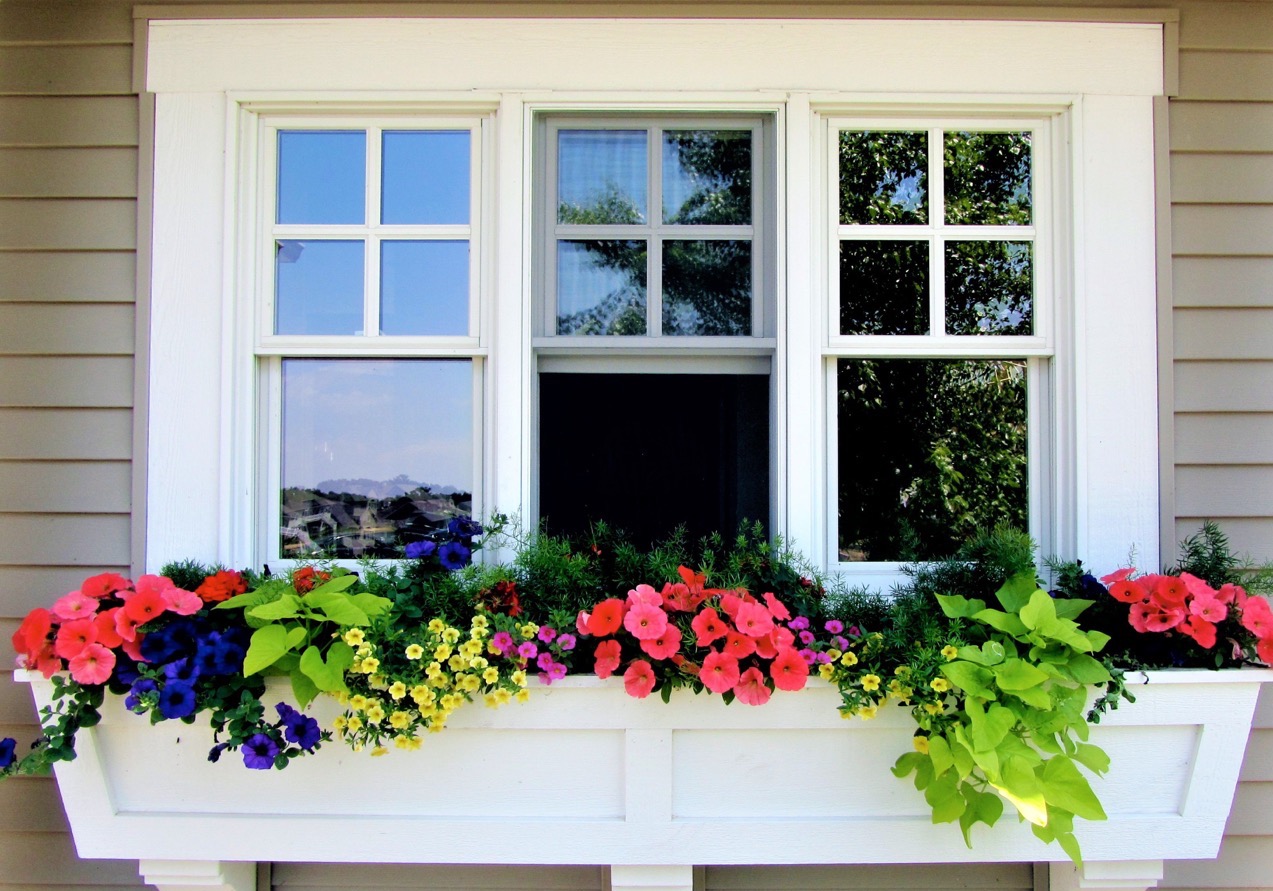

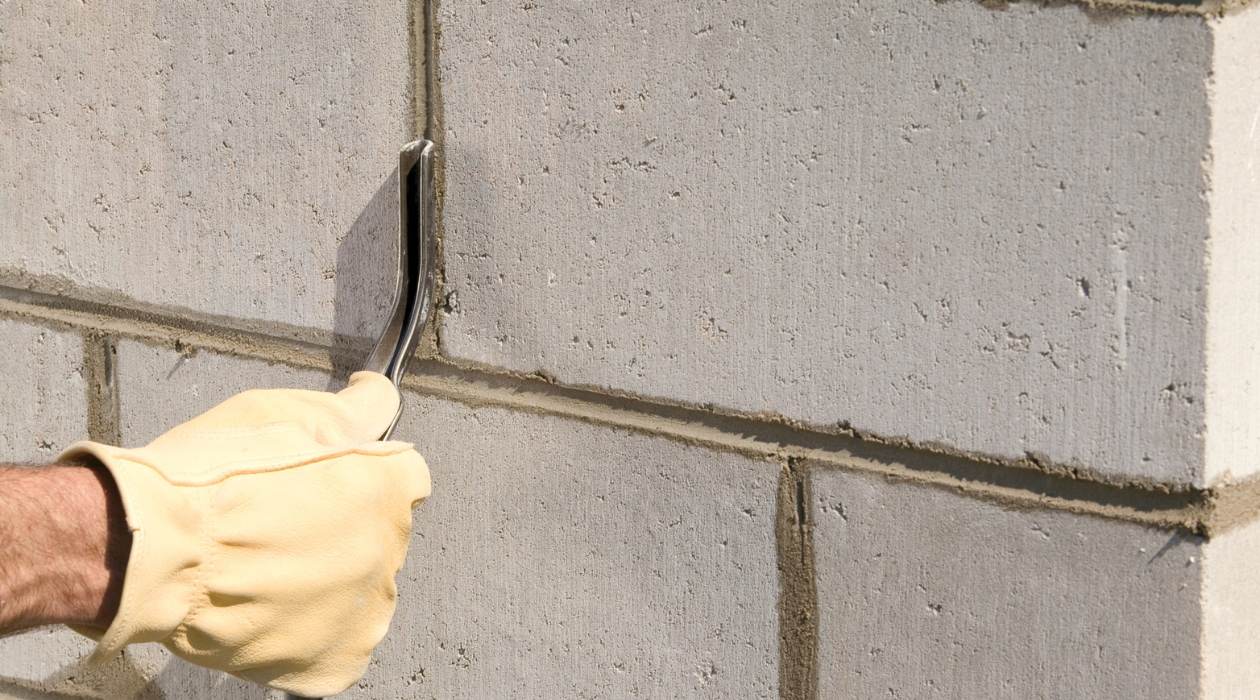

0 thoughts on “5 Tile Edge Trims And Borders And How To Use Them In Your Project”